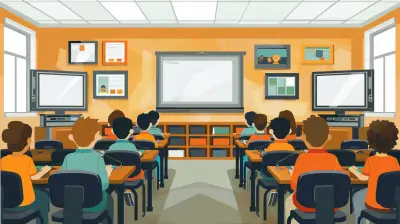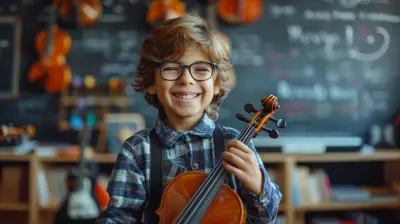Teaching Music to Students with Special Needs
27 May 2025
Music has a way of bringing people together, breaking barriers, and expressing emotions in ways words sometimes can't. But did you know that music can also be a powerful tool for students with special needs? Whether it’s helping with communication, improving motor skills, or simply bringing joy, music education can make a world of difference.
If you're a teacher, parent, or caregiver looking to support a child with special needs through music, this guide is for you! Let’s dive into the best strategies, benefits, and practical tips for teaching music to students with diverse learning needs. 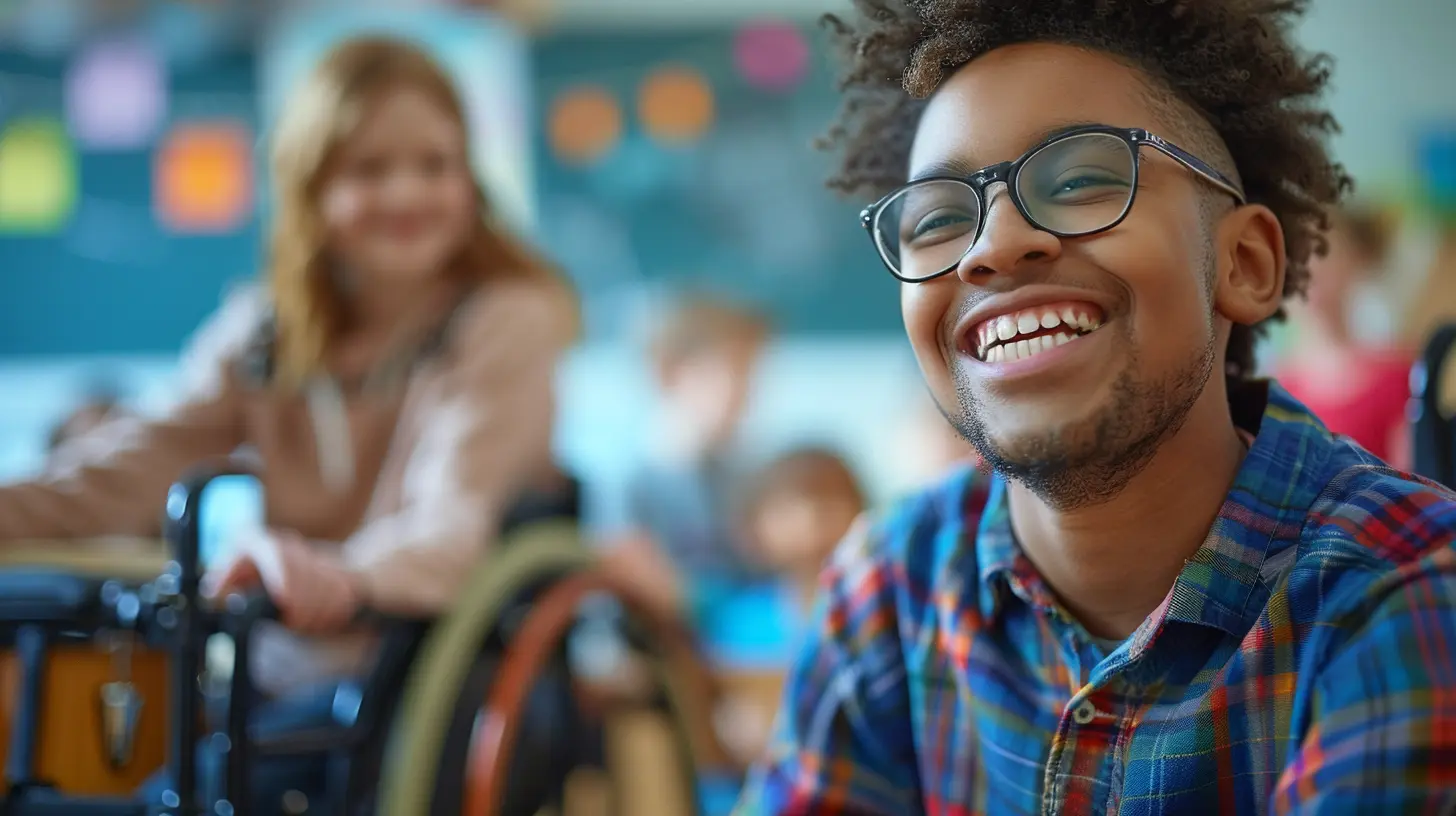
Why Music Education is Important for Students with Special Needs
Music isn’t just about playing instruments or singing along to a tune—it can be a lifeline for children with disabilities. Here’s why:1. Enhances Communication Skills
Music can be a game-changer for children who struggle with verbal communication. Singing, rhythm, and melody can help students with speech impairments, autism, or developmental delays express themselves in new ways. For some, song lyrics can become stepping stones to learning new words.2. Boosts Emotional and Social Development
Music brings people together. Whether it's singing in a choir, moving to a beat, or playing in a band, students with special needs can develop social connections through musical activities. It also helps them manage emotions—certain songs can calm anxiety, while upbeat tunes can lift moods.3. Improves Cognitive Skills and Memory
Ever wonder why you can remember song lyrics from years ago? Music strengthens memory and cognitive function. For children with learning disabilities, incorporating songs into lessons can reinforce concepts and make information stick.4. Supports Motor Skill Development
From tapping a drum to strumming a guitar, playing music can support fine and gross motor skills. Movement-based music activities help children with physical disabilities improve coordination and control.5. Encourages Self-Expression and Creativity
Not all students learn the same way, and that’s perfectly okay! Music provides a non-verbal way to express thoughts and emotions. A child who struggles with writing or speaking may find that playing an instrument is their best form of communication.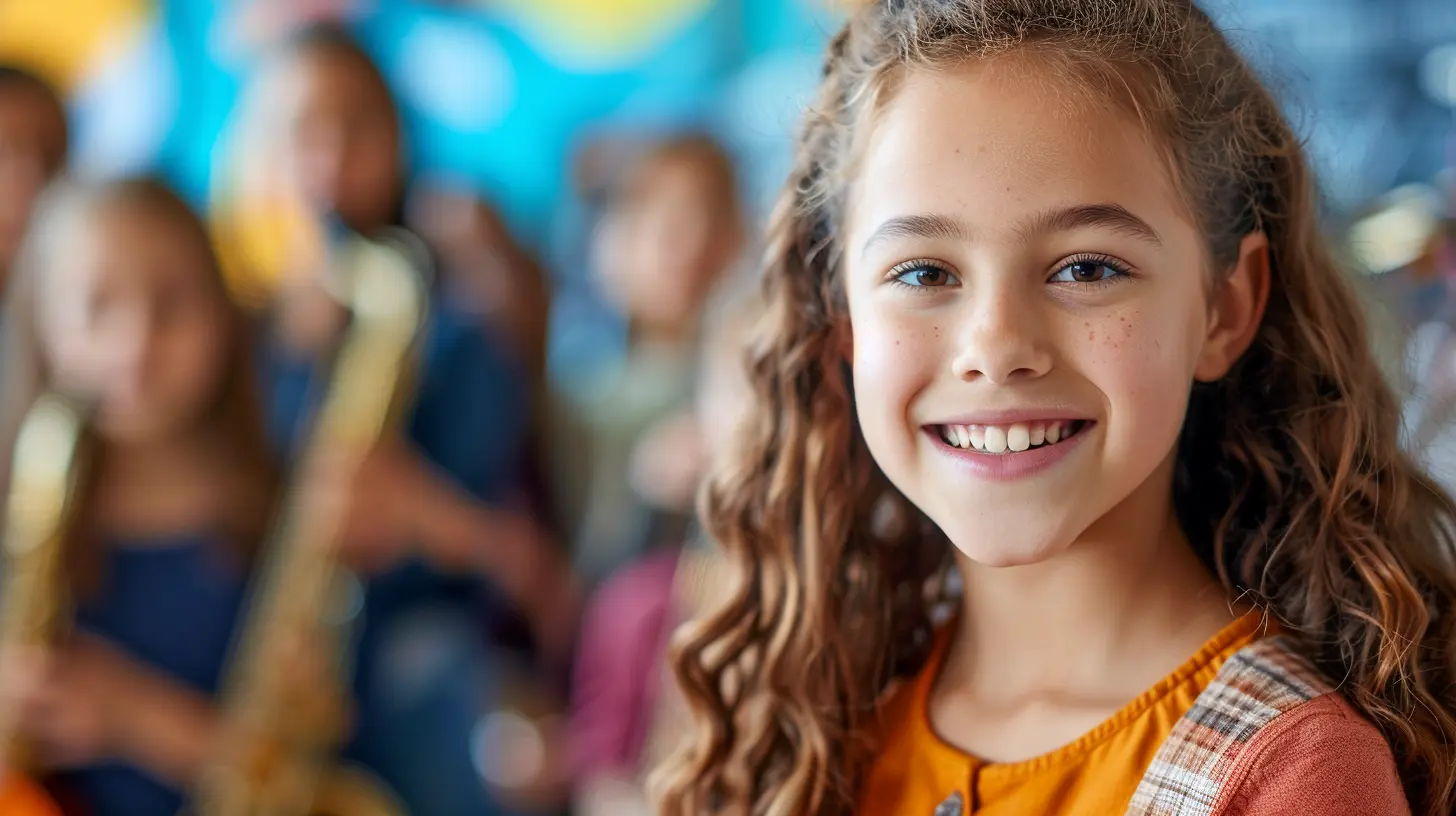
Strategies for Teaching Music to Students with Special Needs
Teaching music to students with disabilities requires flexibility, creativity, and a bit of patience. Here are some strategies to make your lessons engaging and effective:1. Use Multi-Sensory Teaching Methods
Children with special needs often learn best when multiple senses are engaged. Instead of just listening, incorporate:- Visual Aids: Flashcards with musical notes, pictures of instruments, and colorful charts.
- Kinesthetic Learning: Encourage movement with dance, clapping, or hand motions.
- Tactile Engagement: Let students touch and explore different instruments.
The more senses involved, the easier it is for students to grasp musical concepts.
2. Adapt Instruments to Fit Students’ Abilities
Some traditional instruments may be difficult for students with physical disabilities to play. Adapted instruments like one-hand keyboards, color-coded chimes, or percussion instruments can make music more accessible.For students with motor challenges, consider:
- Straps or grips to help hold drumsticks.
- Larger keyboards with accessible buttons.
- Electronic music apps for touch-based learning.
3. Keep Lessons Simple and Structured
Children with special needs often thrive in structured environments. Keep lessons predictable and simple:- Use consistent routines (start with a hello song, play an instrument, end with a goodbye song).
- Break down music concepts into small, manageable steps—instead of teaching an entire song, start with one note or rhythm.
- Avoid overstimulation—too many sounds or instructions at once can be overwhelming.
4. Incorporate Technology and Music Apps
In today’s digital world, technology can be a fantastic tool for music education. Apps like GarageBand, Simply Piano, and Prodigies Music allow students to experiment with sound, learn notes, and create their own music in a fun and interactive way.For non-verbal students, apps with visual and touch-based music creation can help them express themselves musically without speaking.
5. Encourage Participation in Group Music Activities
Music is a social experience. Encourage group activities where students can sing, clap, or play instruments together. This not only builds teamwork but also reinforces social skills like taking turns, listening, and following directions.Students with autism or social anxiety may take time to adjust to group settings, so start small—maybe a duet with a teacher or a one-on-one session before joining a larger class.
6. Be Patient and Celebrate Small Wins
Learning music takes time, and for students with special needs, progress may look different from their peers. That’s okay! Celebrate small victories, whether it’s mastering a simple rhythm, strumming a chord, or just enjoying the sound of an instrument.A little encouragement goes a long way in building confidence and motivation. 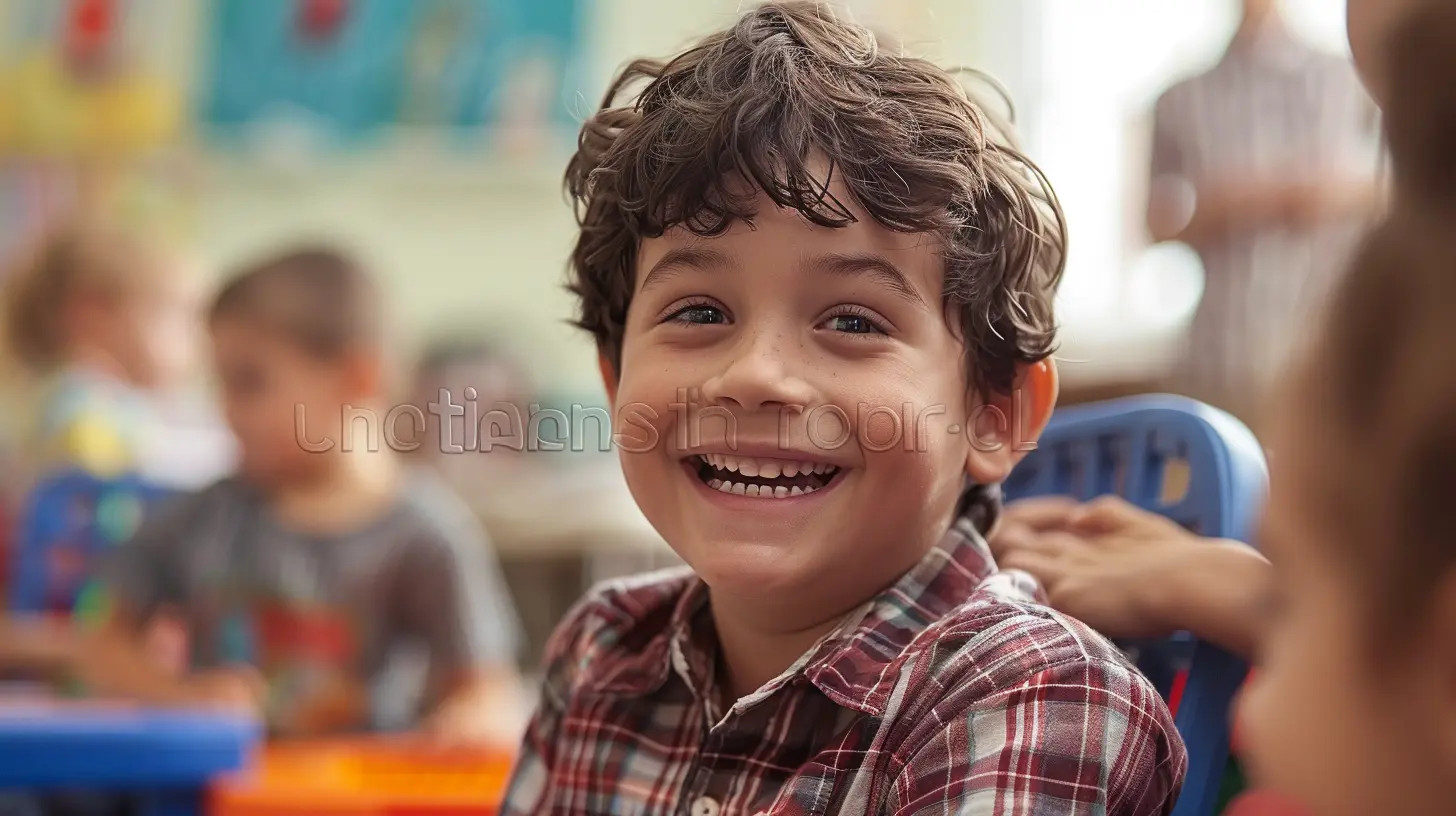
Best Instruments for Special Needs Students
Not all instruments are created equal when it comes to accessibility. Here are some of the best options for students with disabilities:- Hand Drums & Percussion – Easy to play, great for motor skills, and provides immediate feedback.
- Keyboard/Piano – Large keys make it easier for students to press and control sounds.
- Ukulele – Small, lightweight, and requires minimal finger strength.
- Xylophone – Visually engaging with clear, individual notes.
- Adaptive Instruments – Digital tools like soundboards and specially-designed electronic keyboards can be great for students with limited mobility.
Choose instruments based on the child’s interests and physical abilities to ensure they feel comfortable and excited to play. 
Creating an Inclusive Music Classroom
An inclusive classroom is one where every student feels valued and supported, no matter their abilities. Here’s how to create a welcoming music environment for students with special needs:- Use Positive Reinforcement – Focus on what they CAN do rather than what they struggle with. Encourage effort rather than perfection.
- Be Flexible with Teaching Methods – If a student isn’t responding to one approach, try another. Adapt and modify based on their needs.
- Make it Fun! – Music should be enjoyable! Keep a playful, relaxed atmosphere and encourage creativity.
Remember, your attitude sets the tone. If you’re excited and passionate about teaching, your students will feel it, too.
Final Thoughts
Teaching music to students with special needs isn’t about making them master an instrument—it’s about helping them connect, communicate, and express themselves in ways that suit their unique abilities.Music has the power to break down barriers, build confidence, and bring joy to every student, no matter their challenges. With patience, creativity, and a little adaptation, music education can become an enriching experience for all.
So grab an instrument, turn up the tunes, and let the music work its magic!
all images in this post were generated using AI tools
Category:
Music EducationAuthor:

Eva Barker
Discussion
rate this article
3 comments
Amber Pace
Excited to explore how music transforms learning for all!
June 19, 2025 at 3:21 AM

Eva Barker
Thank you! I'm thrilled to share insights on the powerful impact of music in special needs education.
Elsinore Bellamy
This article offers valuable insights into teaching music to students with special needs. Incorporating diverse teaching methods and adaptive instruments can create an inclusive environment that fosters creativity and confidence. Sharing personal success stories or resources could further inspire educators to embrace this rewarding approach. Great job!
June 4, 2025 at 4:37 AM

Eva Barker
Thank you for your thoughtful feedback! I'm glad you found the insights valuable, and I appreciate your suggestion to include personal stories and resources. I'll consider that for future articles!
Wynter McKnight
This article provides valuable insights into the unique approaches for teaching music to students with special needs. It emphasizes the importance of personalized learning strategies, sensory engagement, and fostering a supportive environment. By adapting lessons to individual abilities, educators can enhance creativity and build confidence in these exceptional learners. Great resource!
June 3, 2025 at 3:34 AM

Eva Barker
Thank you for your thoughtful feedback! I'm glad you found the article helpful in highlighting personalized approaches and the importance of a supportive environment in music education for students with special needs.

